Oregon State Football Offensive Preview
Oregon State travels very slightly east to face Atlantic Coast stalwart, Cal.
The Oregon State Beavers, stuck between a rock and a tight place… if you consider major television networks to be a rock and the changing landscape of college football to be a tight place. Oregon State represents where Cal would be if it were not for Stanford’s administration negotiating our way into the ACC. Very few should be happy with the direction college football is clearly heading, and both schools clearly recognize how crucial these next few years are in terms of staying ahead of the curve in college football realignment. Although Cal maintains positive relations with the Pac-2, Oregon State was clearly dealt a worse hand, and they are in the midst of trying to rebuild the Pacific Conference into something more P5 than G5. The Pac-2 negotiated a scheduling agreement with the Mountain West this year, and when the MWC decline to extend the agreement into 2026, the Pac-2 pulled an Uno Reverso on them by poaching the MWC’s top 5 programs, adding Boise State, Colorado State, Fresno State, San Diego State, and Utah State to the conference for 2026. However, they still need one more team to meet the 8 team minimum to maintain their status as a football conference. Meanwhile, the Mountain West is adding UTEP from Conference USA to meet their 8-team minimum.
Clearly, football performance (and revenue sports performance in general) during these transitional times is important. With that in mind, Oregon State has turned to football alumni to help save the program: head coach Trent Bray (OSU LB ‘02-’05), offensive coordinator Ryan Gunderson (OSU QB ‘04-’07), defensive coordinator Keith Heyward (OSU DB ‘97-’00), offensive line coach Kyle DeVan (OSU OL ‘04-’07), and offensive GA Tristan Gebbia (OSU QB ‘18-’22). Also, I don’t know how to fit this into the aforementioned list, but former Cal LB Kuony Deng is a defensive GA at Oregon State as well. This probably makes the departure of former 10-win head coach, Jonathan Smith, (OSU QB ‘98-’01) sting a bit more. With Oregon State’s faltering power conference status, they lost a lot of talent to other big name programs: QB DJ Uiagalelei (FSU), QB Aidan Chiles (MSU), RB Damien Martinez (Miami), WR Silas Bolden (Texas), S Akili Arnold (USC), DE Sione Lolohea (FSU), LB Easton Mascarenas-Arnold (USC), K Atticus Sappington (Oregon), and so on.
As in years past, Oregon State still has a strong offensive line, which has led to a run-heavy offense. They dominate time of possession, have lots of rushing attempts (44.5 rushes/game, 7th in the FBS), rushing yards (218.5 rush yards/game, 10th in the FBS), and they don’t turn the ball over. OSU is a team that slowly but consistently drives down the field. But not necessarily fast enough to evade weird shirtless fans that come out of nowhere:
Let’s take a look at the slow but indomitable OSU offense.
Quarterback
The Beavers are led by Idaho transfer quarterback Gevani McCoy, who Cal fans may remember from last year’s matchup where he outdueled QB Sam Jackson V. Although McCoy is now a junior, I haven’t seen a ton of growth from the last time I previewed McCoy for Idaho, after watching his freshman (and the beginning of his sophomore) season, so I will be echoing a lot of the same points I made in my article from last year.
McCoy is a mobile, dual-threat quarterback, and he’s run the ball a lot more for Oregon State this year than he had in previous seasons for Idaho: he has more rushing yards and equaled his rushing TDs in 7 games for OSU so far this season than he did in his previous two years at Idaho.
Let’s start with the positives. McCoy has shown the ability to stay calm and still make good throws under pressure:
McCoy will absolutely stand in the pocket and take a big hit if it means he can complete the pass:
McCoy will do most of his damage on short routes and on intermediate routes in the center of the field. He will make quick reads (more on that later) and can fit the ball into tight windows on shorter throws:
McCoy hasn’t taken too many deep shots down the field, but he’s generally pretty good at layering his throws over defenders if he can get a man open deep:
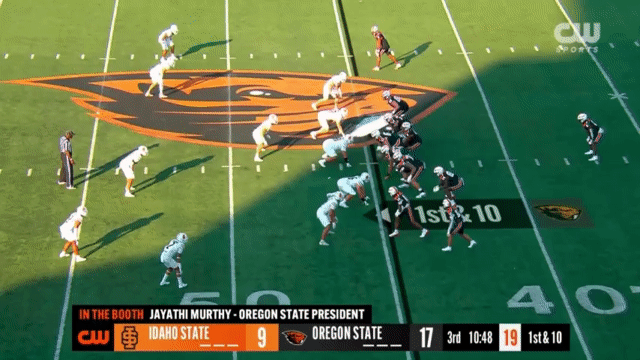
Although OSU generally needs to scheme receivers to be this open, here’s another nice throw on the ball ball by McCoy:
On the flip side, however, he often has a tendency to underthrow the deep ball, and his receivers haven’t been particularly successful drawing PI flags on underthrown balls:
McCoy’s legs play a big part of OSU’s run-heavy offense, and he’s currently 3rd on the team in rushing yards (behind OSU’s 1-2 punch at RB). OSU will have designed runs for McCoy, and OSU will often run the option with McCoy:
Here McCoy makes a nice pitch on the option:
And here McCoy makes another good read on the option to keep it and uses his speed to get into the endzone:
Although McCoy doesn’t have the largest frame at 6’0” 182 lbs., he’s also willing to run through contact:
Although McCoy will sit in the pocket and look to pass, he does a great job of recognizing when he has room to run, and he is a dangerous runner:
McCoy is probably more of a homerun threat out of the backfield than the OSU running backs:
However, McCoy does not have the biggest arm. He often underthrows the deep ball, and sometimes fails to put the requisite zip onto some tight window throws, which has led to trouble:
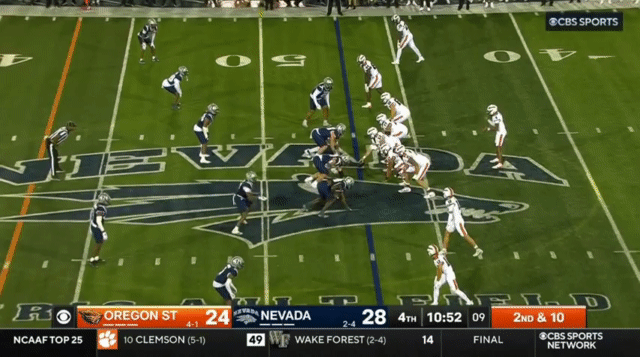
Although the pass protection from OSU’s offensive line has been pretty solid all season, McCoy can also be too quick with some of his reads, or worse, make presnap reads that are less than ideal. The most common one I saw was McCoy not taking the checkdown (something other quarterbacks sometimes rely too much on), or not recognizing when he had his running back open in the flat:
A more costly example of this was on the potential game-tying play against UNLV last week, McCoy both made his decision presnap, and failed to see his running back wide open in the middle of the field:
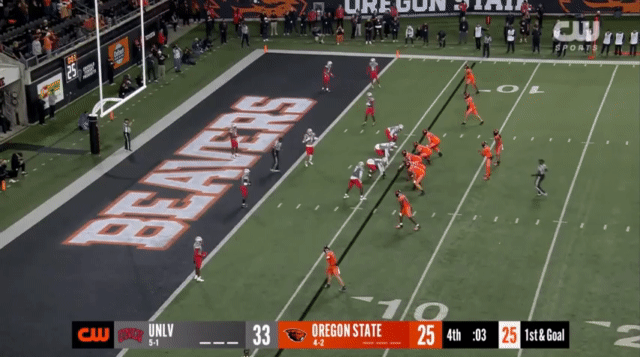
Here’s another throw that landed McCoy some trouble—again on an out route, which takes some arm strength if you’re going to ignore coverage—where he probably misread this as man coverage instead of zone coverage in deciding to make this throw:
When McCoy does survey the field, he can mistrust his reads and be way late on the throw:
Behind McCoy is the 4-star Missouri transfer and redshirt freshman, Gabarri Johnson. OSU has mixed Gabarri Johnson into some drives (similar to how Cal has used Chandler Rogers this year), so I felt he was worth mentioning as well. Johnson has a similar playstyle to McCoy, in that he’s also a dual-threat quarterback that’s dangerous on his feet:
Johnson also has quite a bit of speed himself:
If McCoy were to be injured (and OSU wanted to change their offensive gameplan with a pocket passer), the listed backup (above Johnson) is still Ben Gulbranson, who I covered in my 2022 Oregon State preview if you simply can’t get enough information. Gulbranson hasn’t seen action yet this year.
Running back
Oregon State has a bruising, heavy, power-running style. and their leading rusher this season is the Colorado transfer Anthony Hankerson. Hankerson is strong, powerful runner, and routinely squeezes out extra yards on each run. He has good vision in finding his lanes:
He makes nice cuts and runs through contact:
Although Hankerson isn’t a burner, he still has decent speed:
Here he again breaks a run outside for the touchdown:
But Hankerson’s biggest strength by far is his ability to run through tackles, force missed tackles, and churn out extra yards on runs. When Hankerson is trying to evade tackles, he’s particularly fond of the spin move:
And here he runs with an incredibly low center of gravity, with his helmet practically at shin-level:
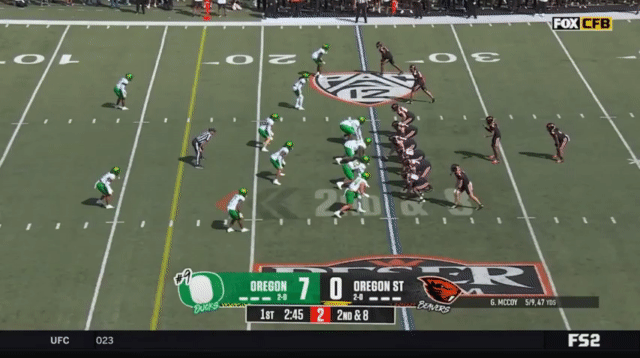
Hankerson rarely goes down on first contact. Per PFF, he ranks 17th in the FBS in missed tackles forced (MTF) and 23rd in the FBS in yards after contact. The most impressive part of those stats is the fact that he’s done so without breaking off any truly big runs: his season-long run this season is just 28 yards. Hence why I keep stressing how consistently he churns out extra yards after contact. Here’s an example where he breaks a tackle at the line and fights forward through more tackles:
Here he sheds another weak arm tackle at the line for a ‘big’ run:
And here’s another standard Hankerson run, in which he runs through a tackle attempt and spins off another, and plows his way into the endzone (his 13 rushing TDs is 4th in the FBS, showing how difficult his running style is to stop in short yardage situations, particularly near the goal line):
And another standard Hankerson run, but this time with a little help from his offensive line:
Here Hankerson just keeps plowing forward:
It’s hard to pick out Hankerson highlights because of how routinely and frequently he picks up 5-yard, 8-yard, 13-yard, 7-yard gains like the ones above.
The other heavy-hitter in the Oregon State backfield is Jam Griffin, although he left the Colorado State game with an injury and has been out the past two weeks. Oregon State is just as stingy with injury news as Cal is, so I have no idea the status of Griffin’s injury as of the time of this writing (head coach Trent Bray declined to comment when asked). I’ll cover him here, although he’s officially questionable.
Griffin runs with much the same style as Hankerson. He will hit the hole without hesitation:
He’s also not a burner, but he has nearly identical runs to Hankerson in which he gets to the edge to score:
While Hankerson’s season-long run is 28 yards, Griffin’s is 33 yards:
Griffin will run with a bit more elusiveness in the open field:
But like Hankerson, Griffin will refuse to go down on first contact:
You know how big running backs like to meet defensive backs in the open field?:
Griffin also has a nice stiff-arm:
With Griffin out, the bulk of the relief carries for Hankerson have gone to freshman RB Salahadin Allah. Salahadin Allah might be a teeny-bit speedier than Oregon State’s other big bruisers, but he’ll similarly opt to run through contact.
Oregon State’s offensive line does a great job of run blocking, so Salahadin Allah will be able to use that speed to pick up chunk plays:
Along with QB Gevani McCoy’s rushing ability, Oregon State’s run game will be hard to stop.
Receivers
With OSU’s run-heavy offense and strong offensive line, the receivers are probably the team’s least remarkable position group. They’re led by Trent Walker, who specializes in finding the soft spots of zone coverage to get open, and he is Gevani McCoy’s favorite target by a large margin: Walker has more targets than the next three receivers combined. He often runs short routes and gets open quickly for small but reliable gains. He’s shown some decent hands:
Although Gevani McCoy doesn’t take many shots down the field (McCoy has fewer 20+ yard attempts, completions, and attempt percentage than even Fernando Mendoza, if that’s any comparison), if he does, it’ll likely because Trent Walker found himself open deep down the middle of the field:
Walker is probably the only receiver who can be counted on to make a big play for OSU:
A player who I am surprised to be mentioning here is the former Cal tight end, Jermaine Terry. Although Terry has always been a strong blocking tight end, he wasn’t particularly reliable in the passing game, and often suffered drops on the few occasions he was targeted:
However, OSU has increasingly leaned on him in recent weeks: after accumulating 14 receptions on 19 targets in the first 3 years of his career at Cal and Oregon State, Terry now has 11 receptions on 18 targets in the past 3 games (he had 0 targets on 273 snaps through Week 5 prior to this). Seemingly out of nowhere, Terry has suddenly become a critical addition to the passing game:
I mean, Jermaine Terry… deep threat?:
In recent weeks, Terry somehow became the receiver that McCoy was trying to force the ball to (see also: the ending of this game, as seen in the McCoy section above):
Terry has suddenly become a reliable receiver in recent weeks:
Outside of these two, however, I haven’t seen a whole lot from the rest of the corps to highlight. The slot receiver Jeremiah Noga is probably the next receiver to watch out for:
Noga does a good job of adjusting to the throw:
And although there haven’t been a ton of highlight-reel catches to show this season, this one-handed catch is probably one of them:
The other outside receiver with Trent Walker is Darrius Clemons, who does most of his damage on quick release/short throws:
OSU uses their slot receiver to attack the field deep, while their outside receivers generally receive the short yardage targets.
One of the most underutilized players on this offense is the backup, Zachary Card. He’s one of the only receivers that does stand out, and he hasn’t received much playing time to this point. He’s got a ton of speed, and OSU has used that speed to get Card involved in the run game (when he’s not returning kickoffs and punts):
And again:
Finally, the redshirt freshman Taz Reddicks will also see some significant playing time:
Before TE Jermaine Terry’s recent run, I expected most of the TE receptions to go to the other tight end, Bryce Caufield:
Oregon State will look to use the passing game against teams that load the box too heavily, but as a whole, this is a group that struggles to get separation, often resulting in coverage sacks for Gevani McCoy (even despite his mobility). OSU is not likely to beat Cal through the air if the Cal defense can slow the OSU run game.
Conclusion
Cal will need to slow the Oregon State run game and force OSU to play from behind. OSU will try to dominate the time of possession, minimize offensive chances for Cal, will slowly but consistently scoring on their own drives. On the other side of the ball, OSU is thin at defensive line (they moved former Cal TE/FB/LB Andy Alfieri to defensive end), their linebackers struggle against the run, and their secondary is nothing special. Although the OSU offense will be hard to stop, Cal should have plenty of chances on the other side of the ball as well.
As always,
Go Bears.
You can find my full clips here.


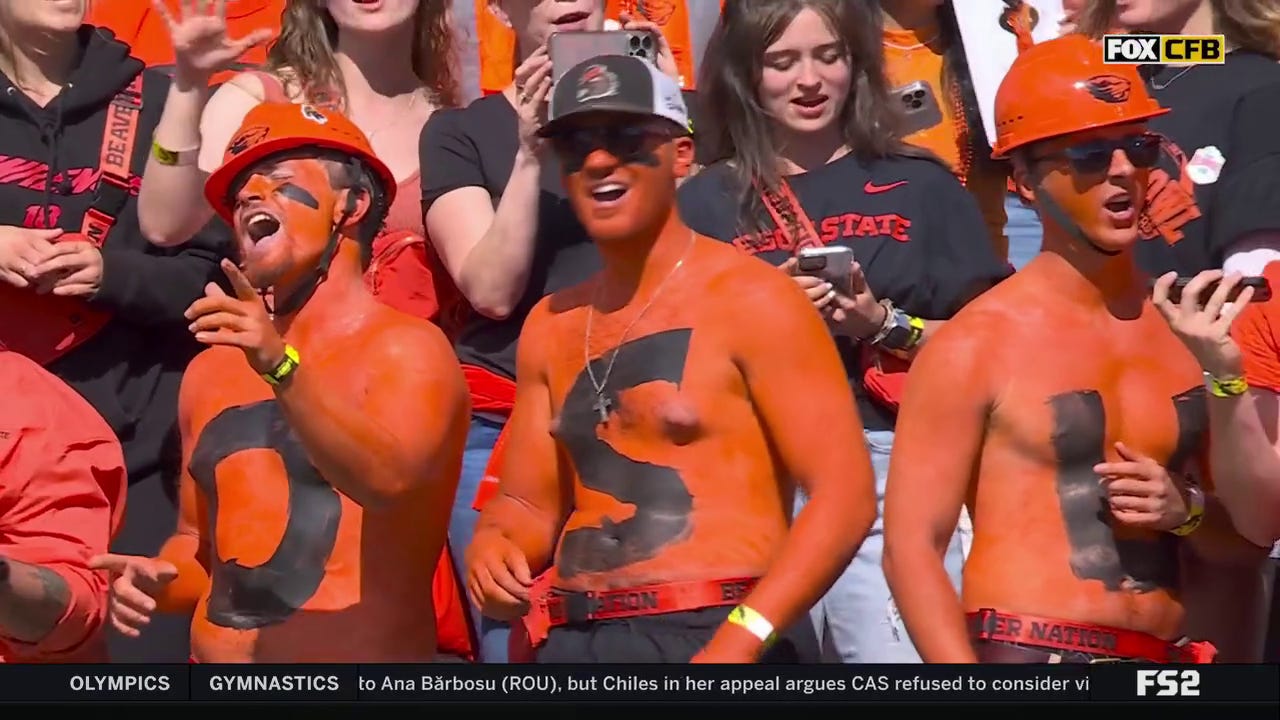
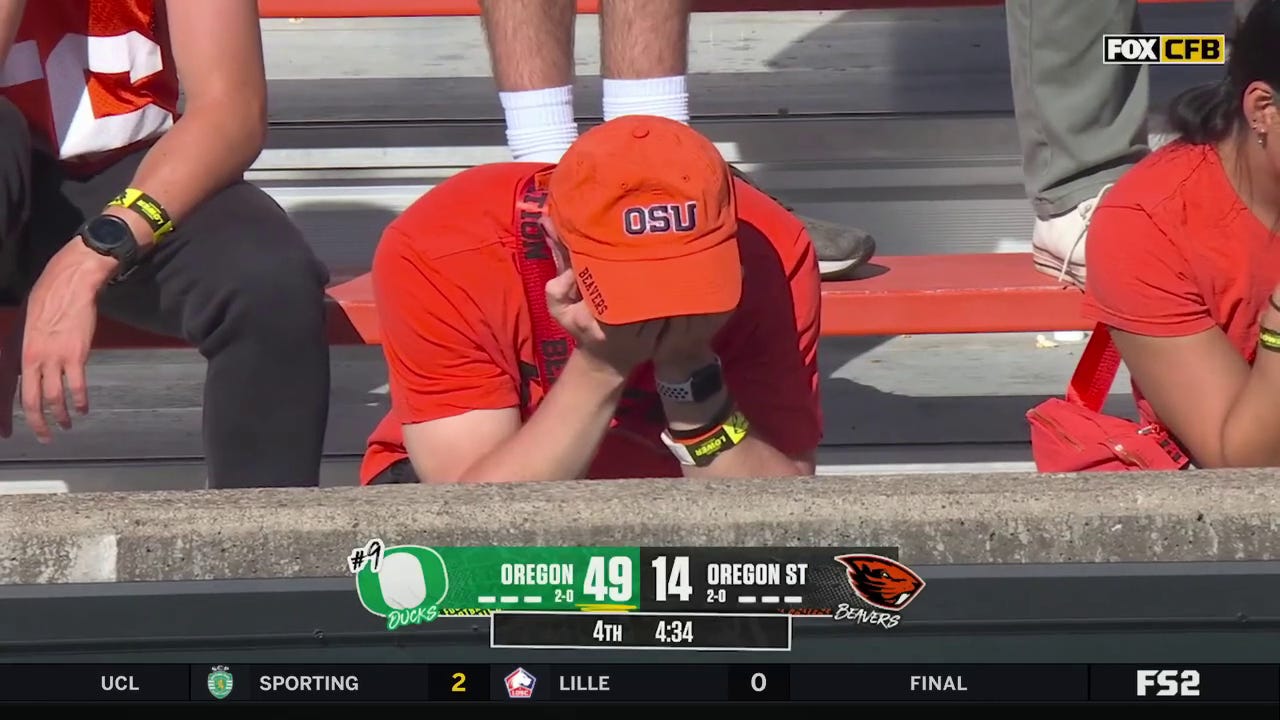
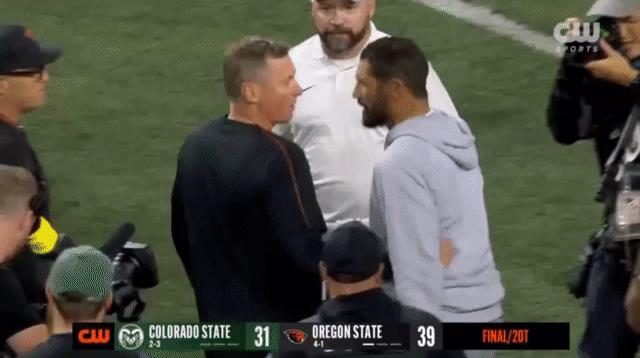
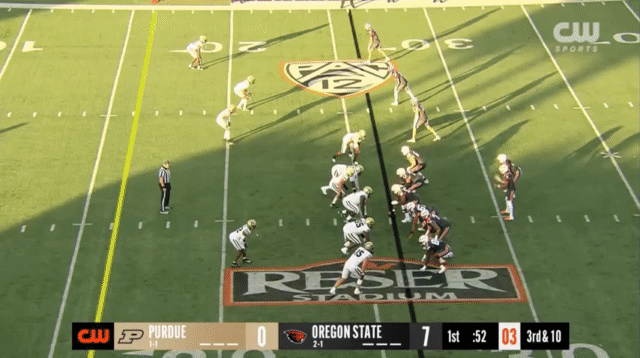
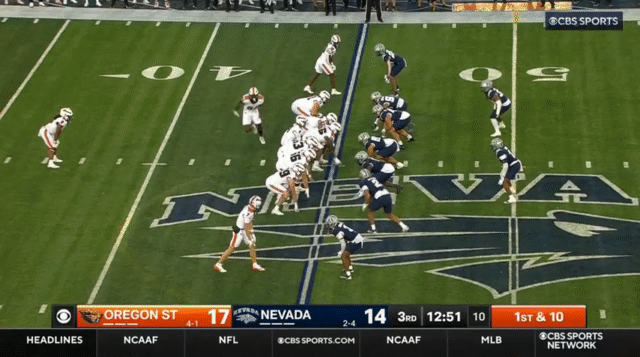
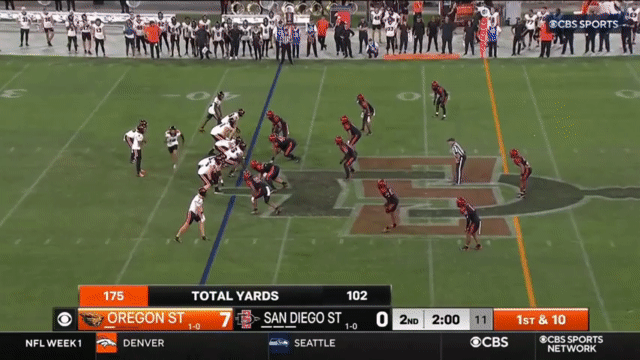
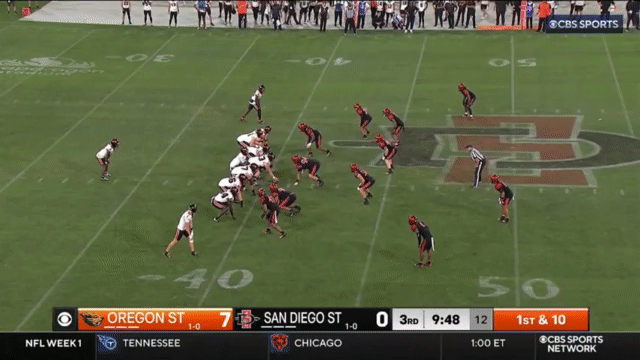
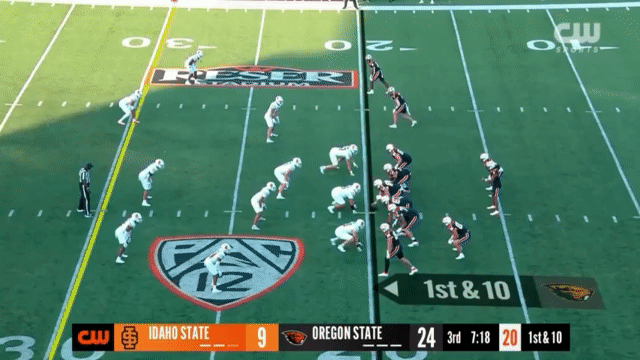
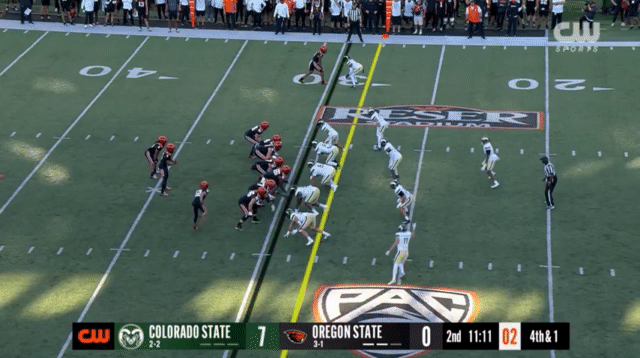
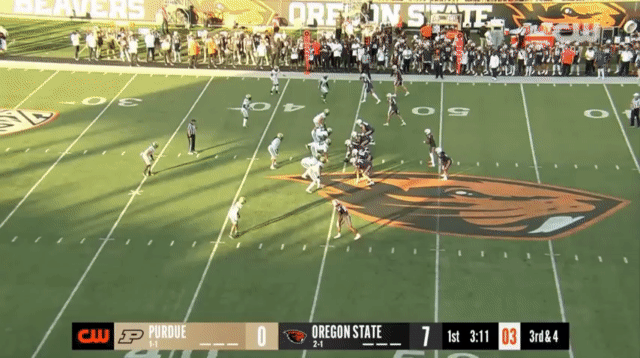
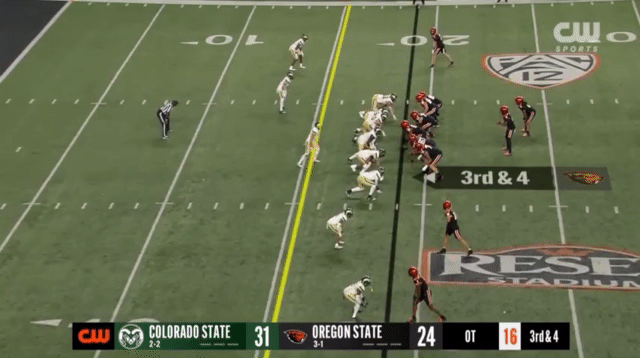
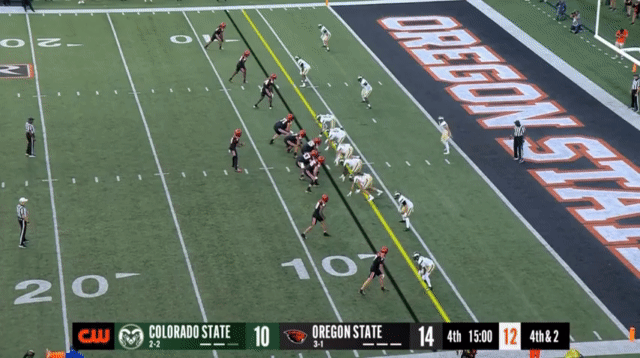
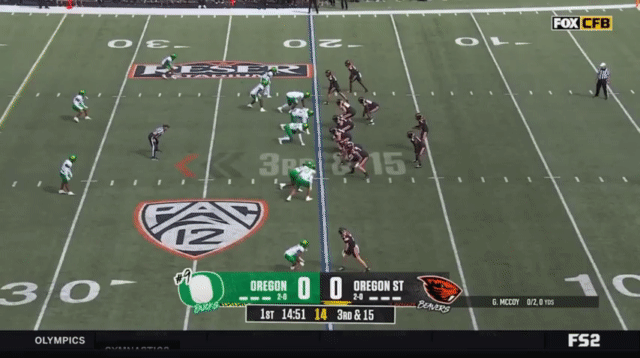
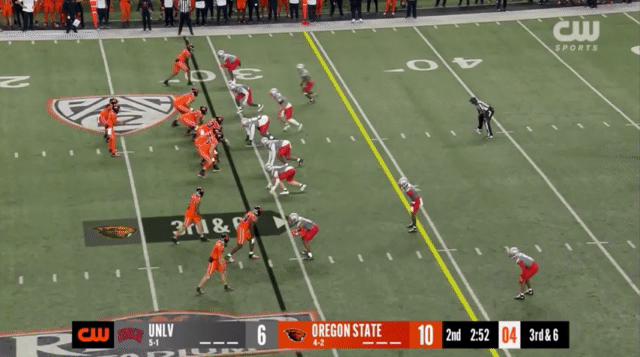
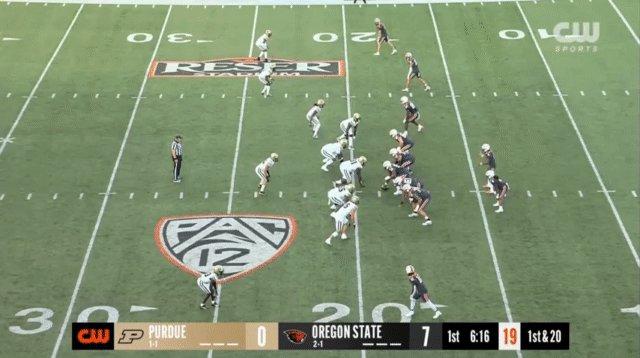
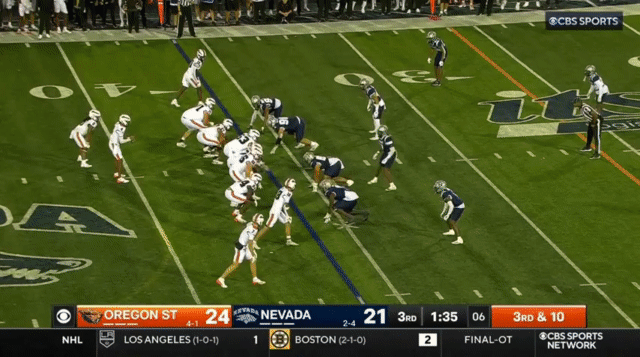
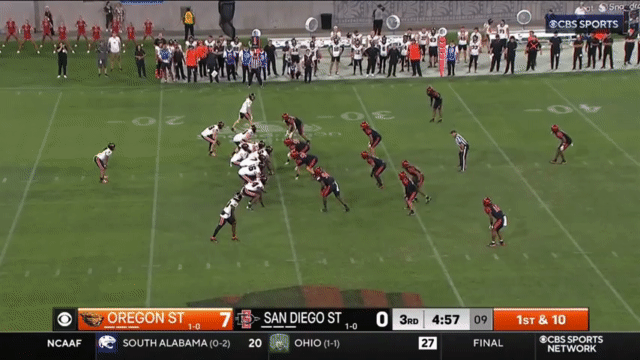
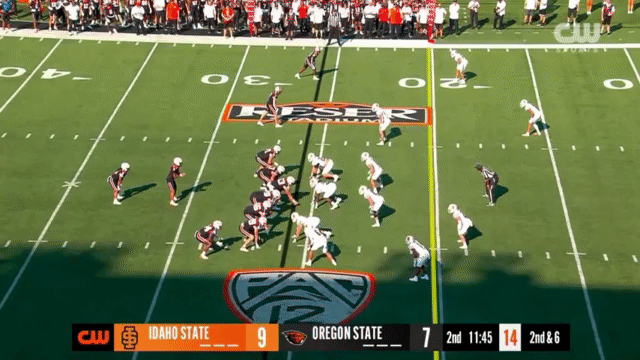
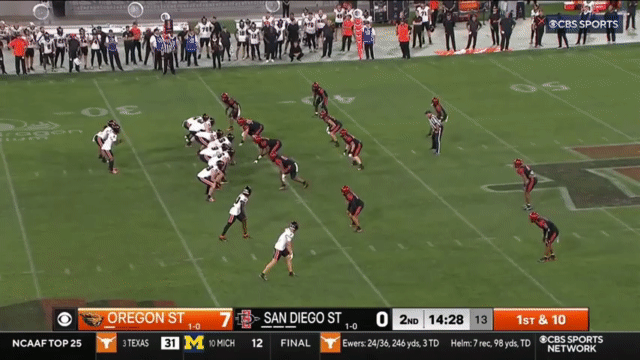
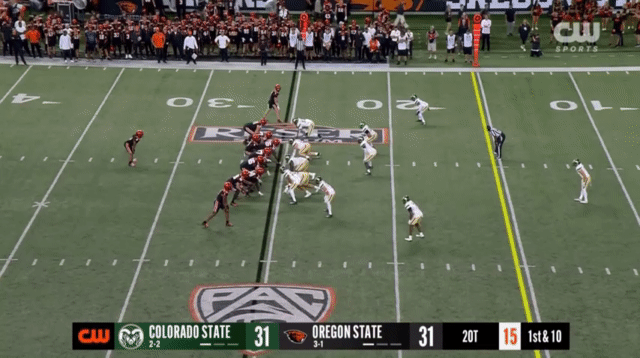
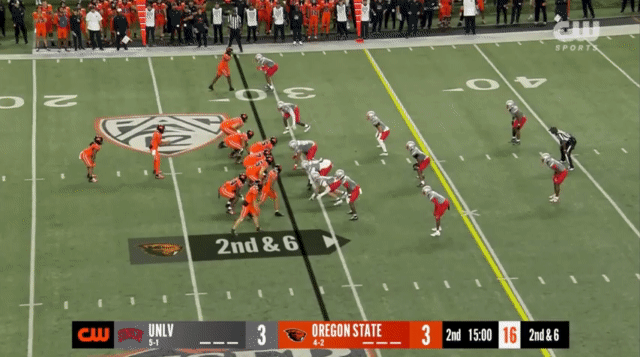
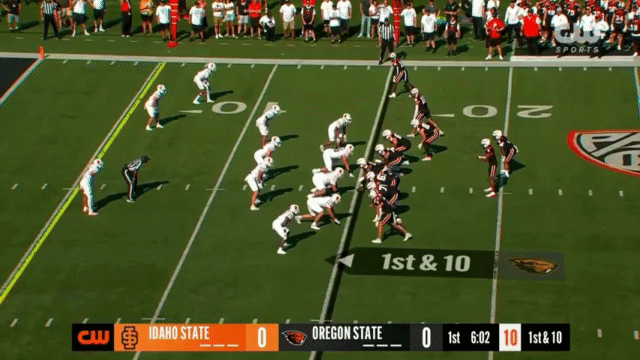
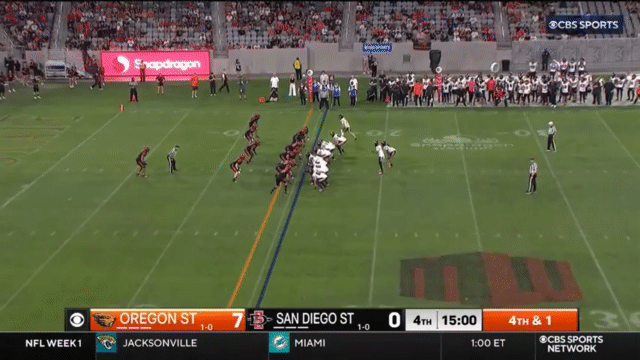
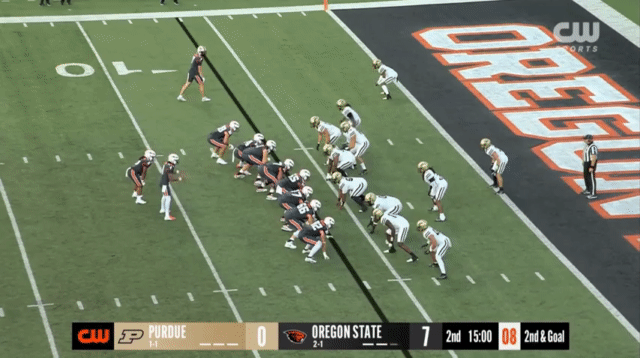
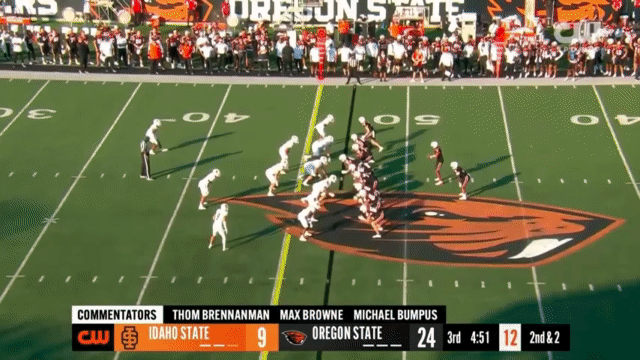
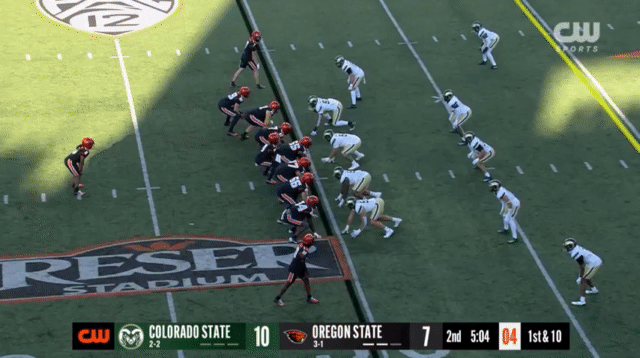
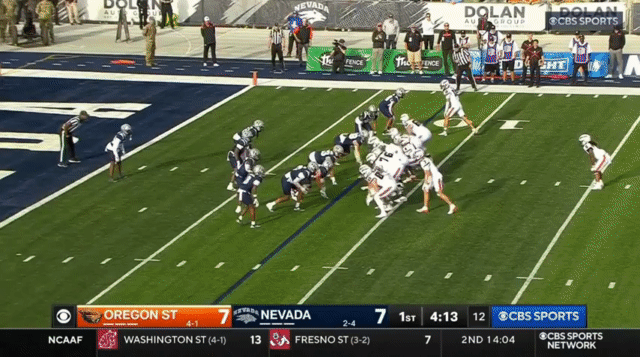
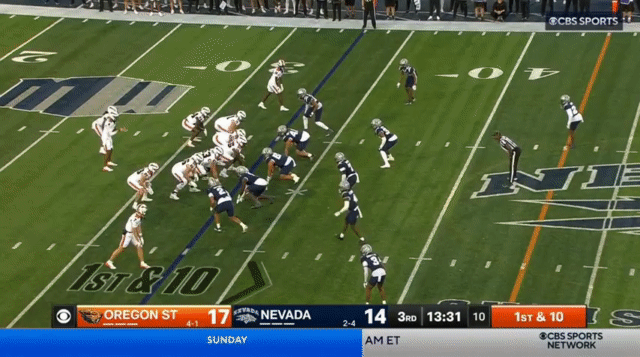

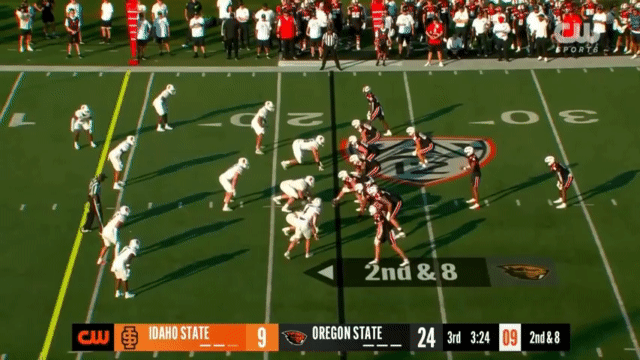
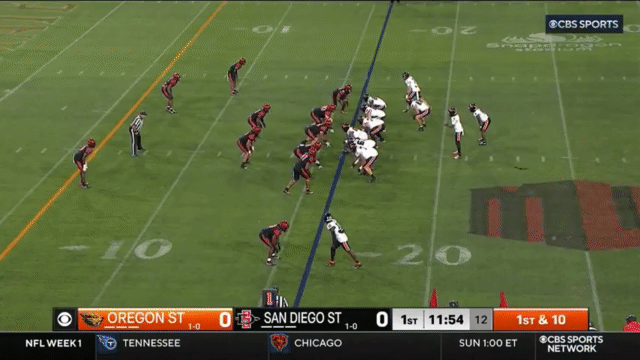
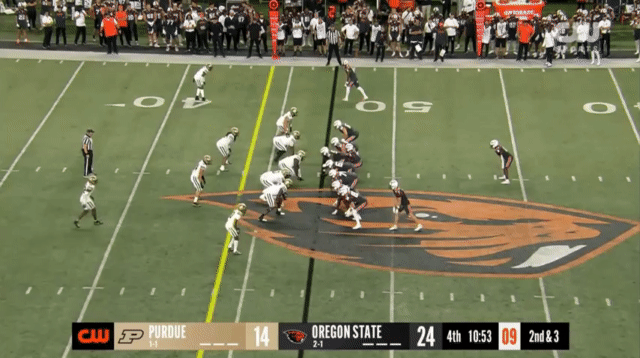
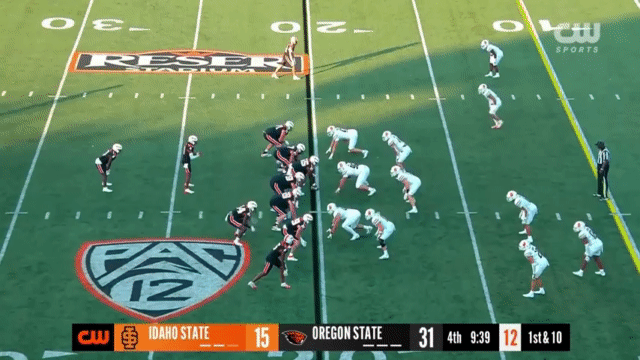
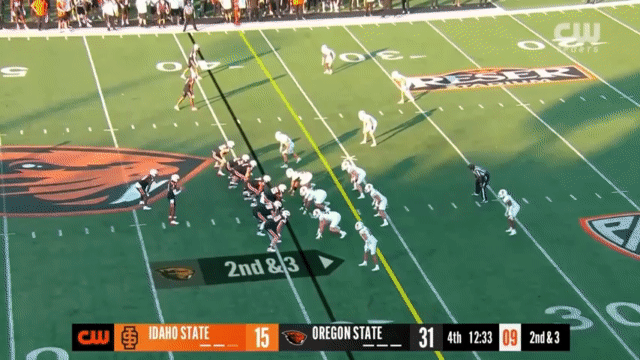
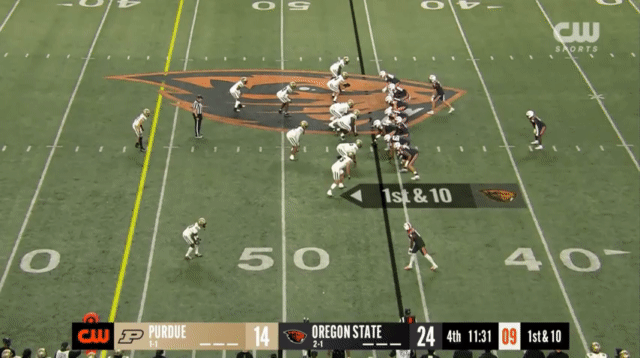
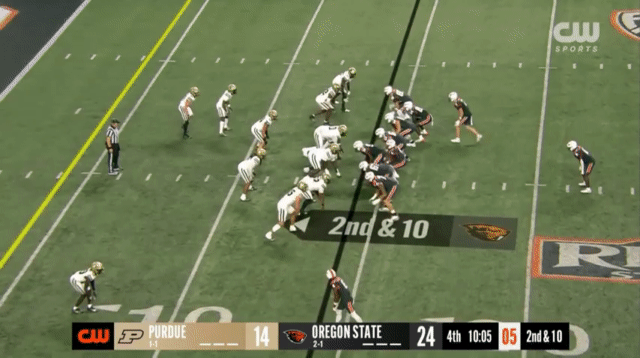
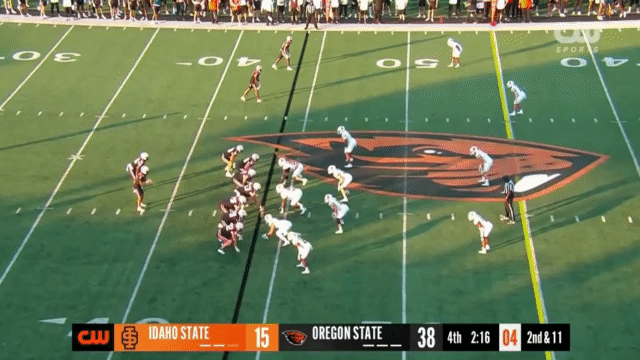
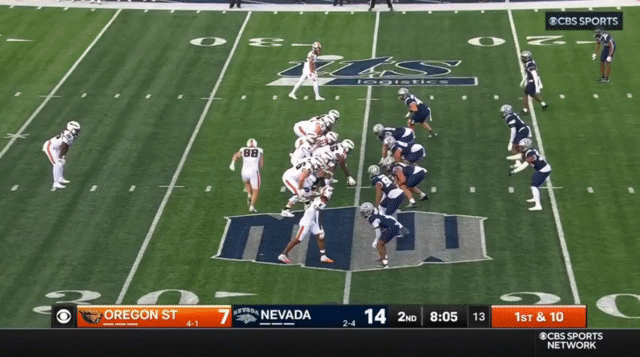
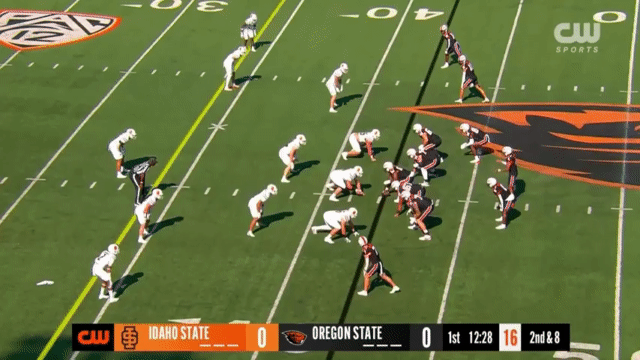
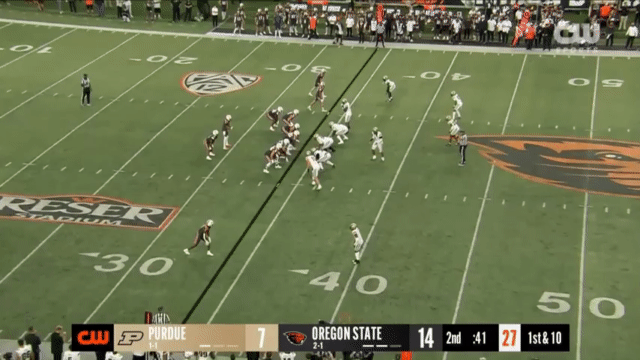
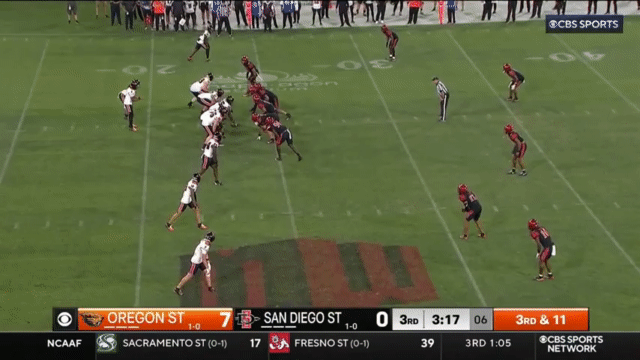
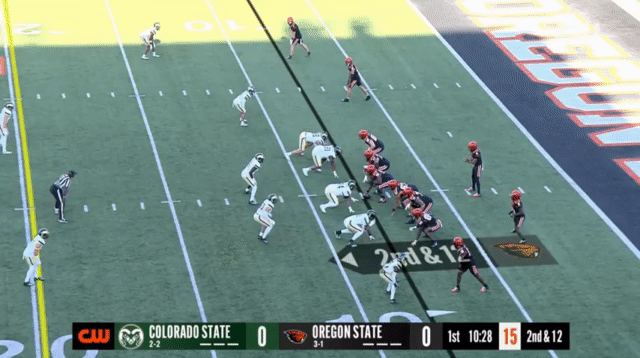
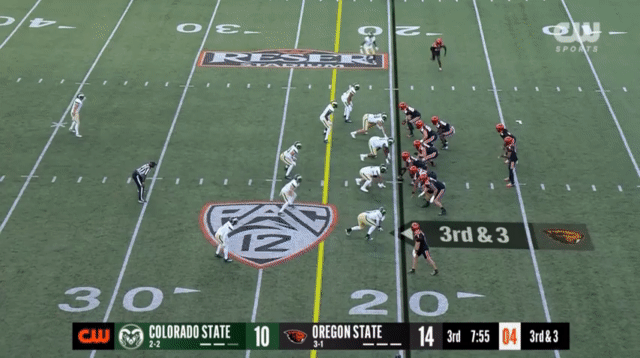
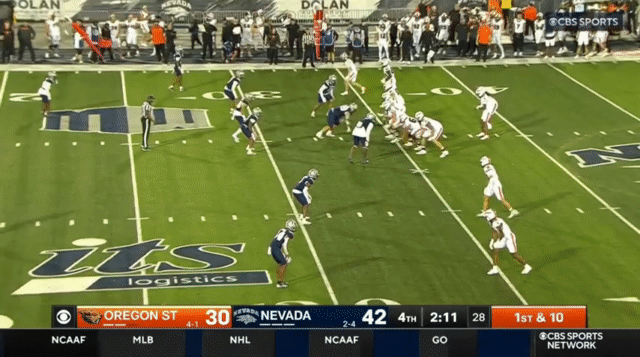
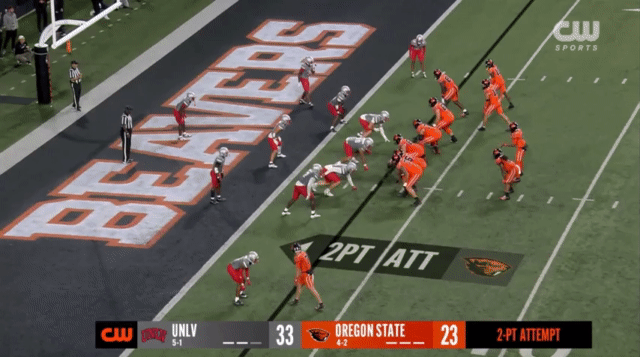
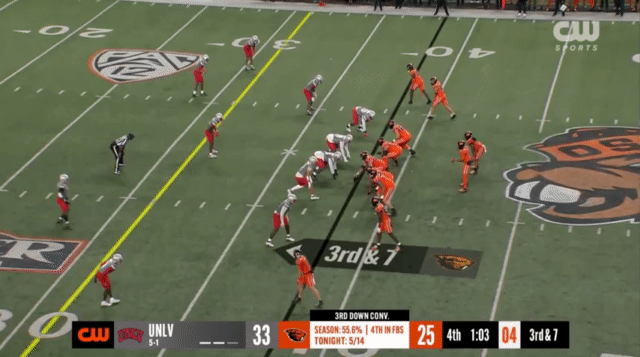
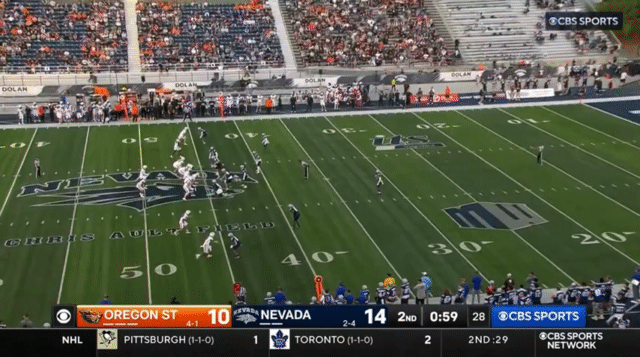
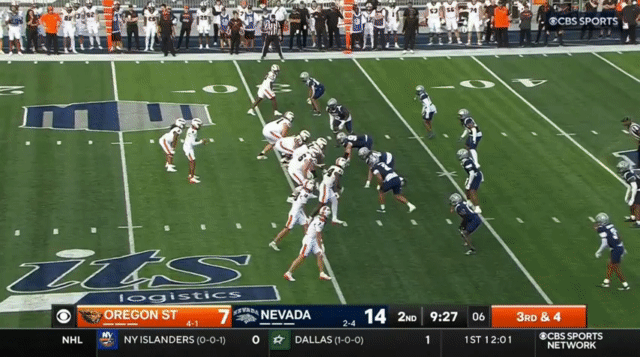
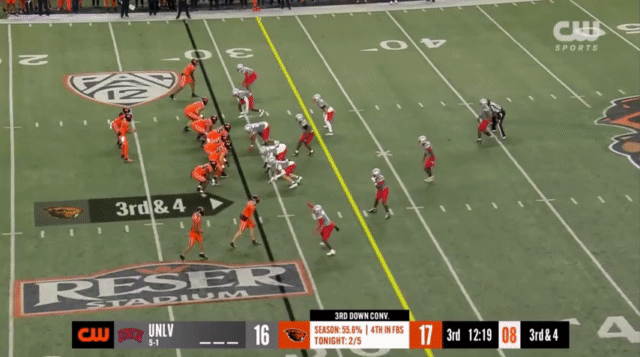
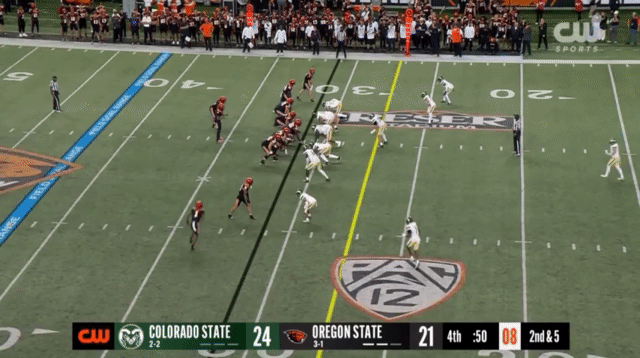
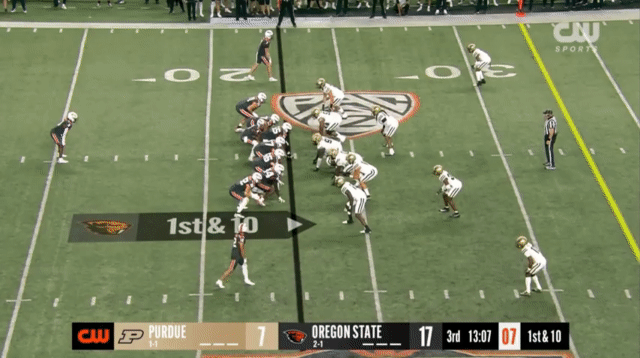
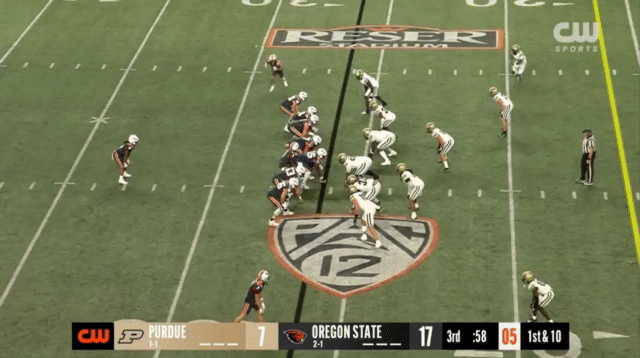
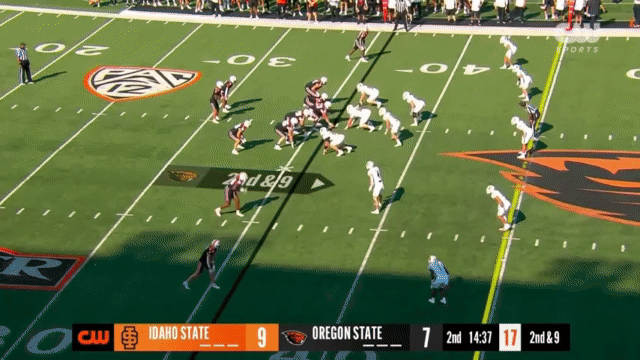
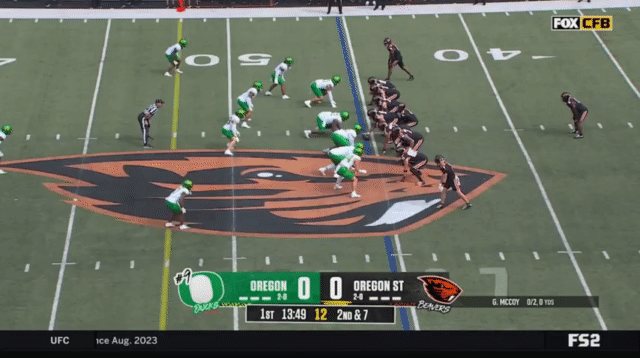
Great breakdown, Chris. I am officially over the devastation of last week and looking forward to Saturday. This will be a good game. Oregon State will be highly motivated.
Thank you for the excellent preview, Chistopher. We have a crew heading down to the game and we are looking forward to it. It is a family tradition, Bears and Beavers. In spite of the spread, I am thinking Cal has a 50/50 chance to win. Would be a wonderful surprise if Cal could run the ball throughout the game. Any game really. Ah well, Go Bears!